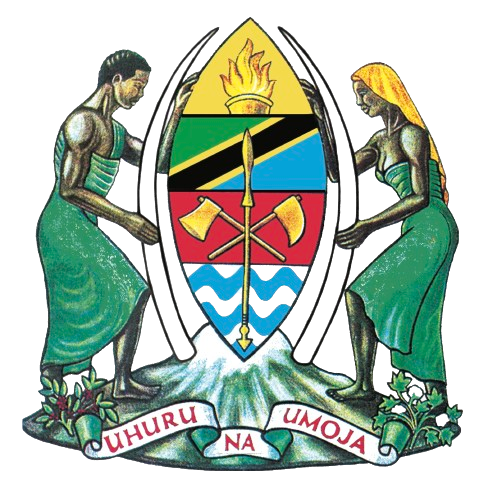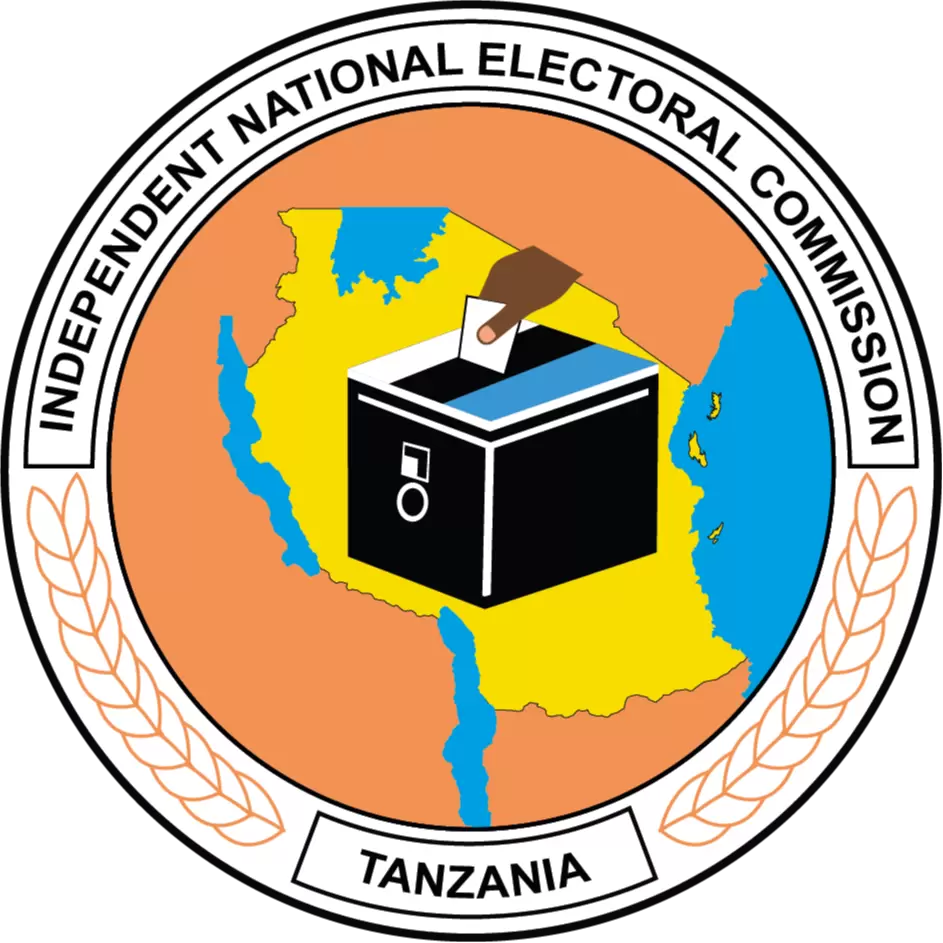Phylogenetic characterization of East African cassava mosaic viruses (Begomovirus: Geminiviridae) isolated from Manihot carthageneniss subspp glaziovii Müell-Arg. from a non-cassava growing region in Tanzania
- 2nd April, 2022 14:14
- By CHONA.MAHUSHI
- Papers
Author(s) : Tairo, F., Mbewe, W.K., Mark, D., Lupembe, M. Sseruwagi, P and Ndunguru, J.
Manihot carthaginensis subsp. glaziovii (Müll.Arg.) Allem., a wild relative of cassava, native to Brazil, is one of the popular agroforestry trees used for hedges and/or boundary plants surrounding homesteads and farms and also harbours cassava mosaic begomoviruses (CMBs) and cassava brown streak ipomoviruses. Sequences of the DNA-A component of East African cassava mosaic virus (EACMV) isolates from M. carthaginensis subsp. glaziovii (Müll.Arg.) Allem., collected from non-cassava growing areas of Tanzania were characterized. Thirteen full length DNA-A sequences were analysed together with 15 already reported EACMV sequences and six CMB species reference genomes. The results show 96 to 100% nucleotide sequence identity with EACMV isolates from Kenya. Phylogenetic analysis revealed that EACMV isolates from M. carthaginensis subsp. glaziovii (Müll.Arg.) Allem, belong to a single cassava mosaic begomovirus species. The EACMV monophyletic clade is distinct from all other CMB species. The presence of Cassava infecting begomoviruses in wild cassava relative growing from traditionally non cassava growing region serve as inoculum sources for cassava-infecting begomoviruses and therefore their eradication is key in the sustainable management of CMBs, especially in the non-cassava growing areas.


